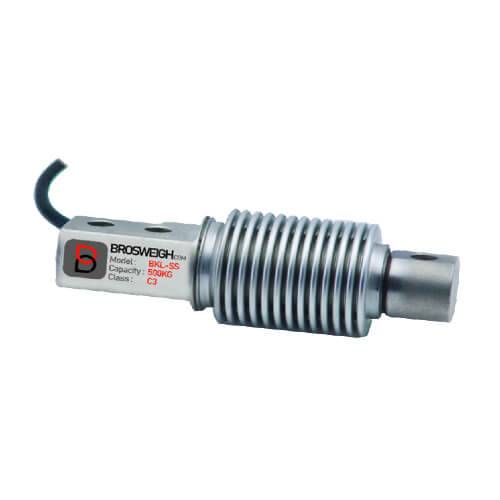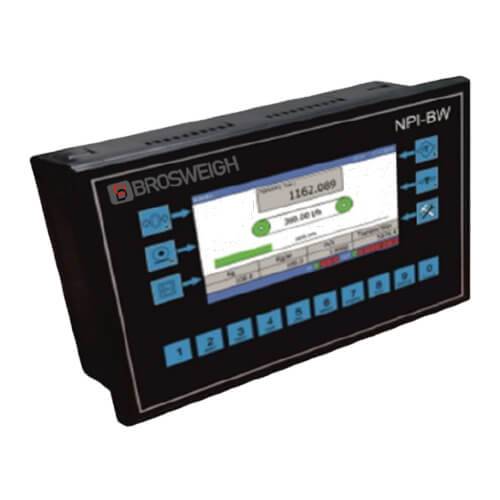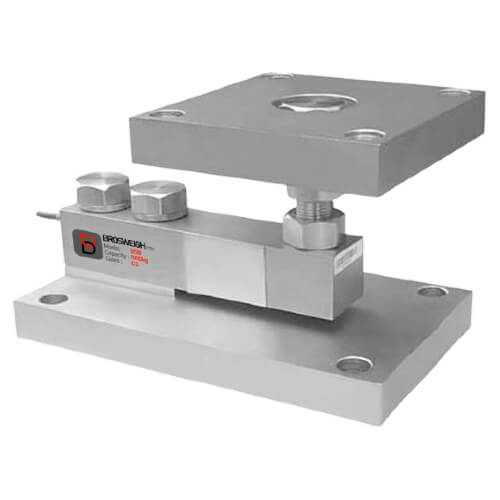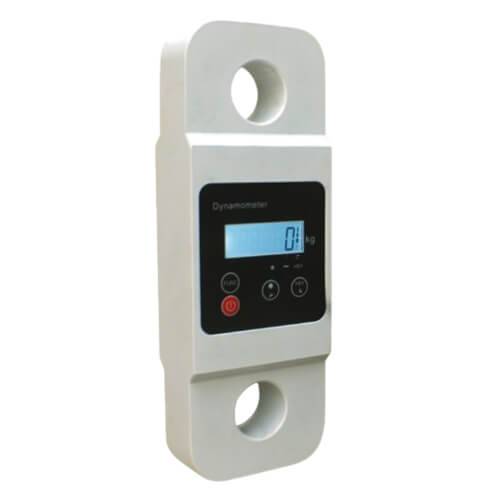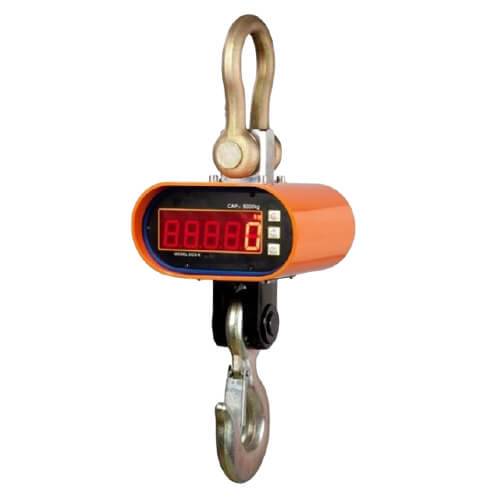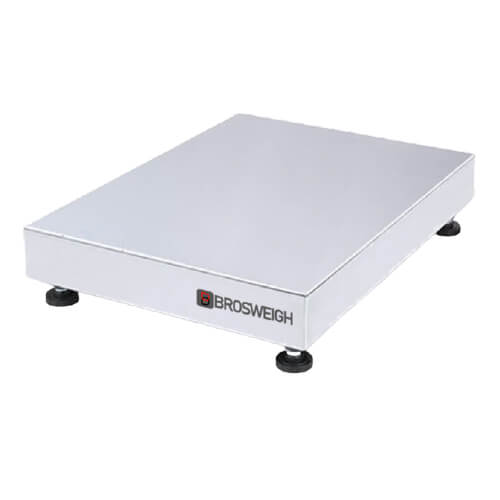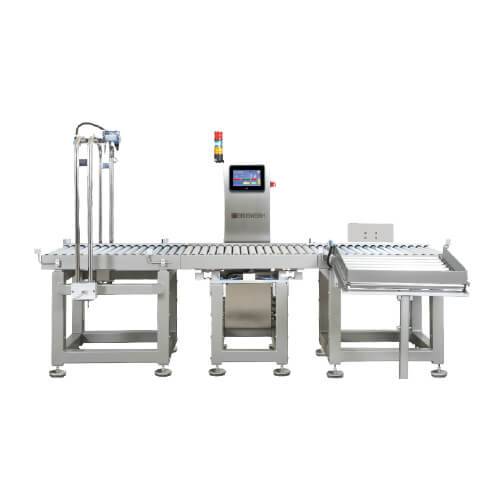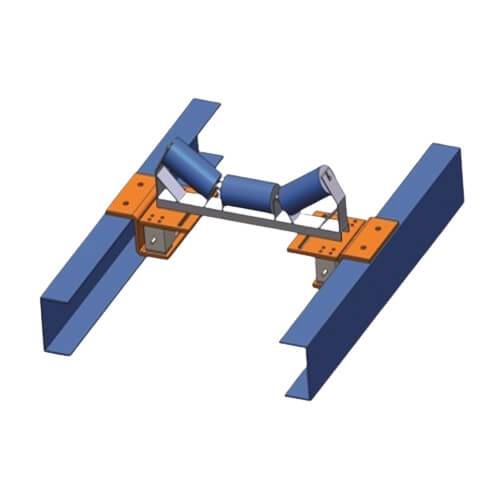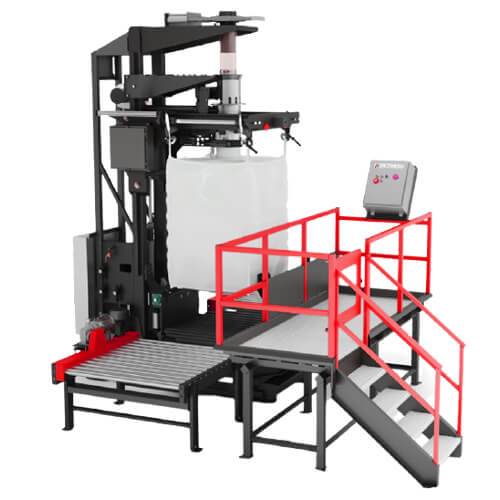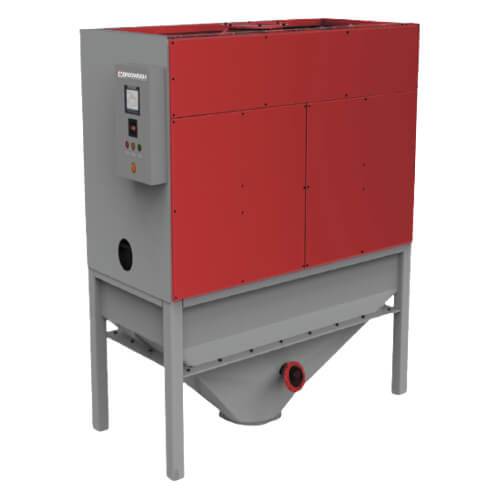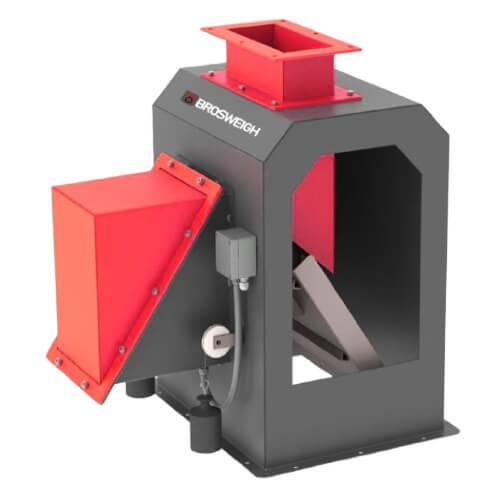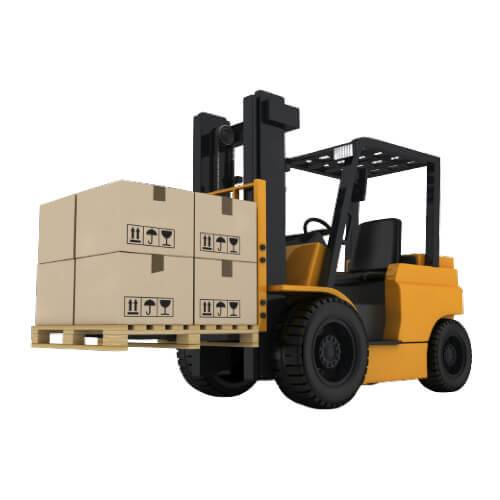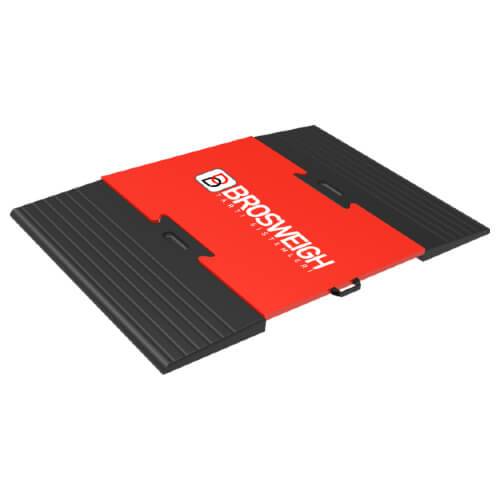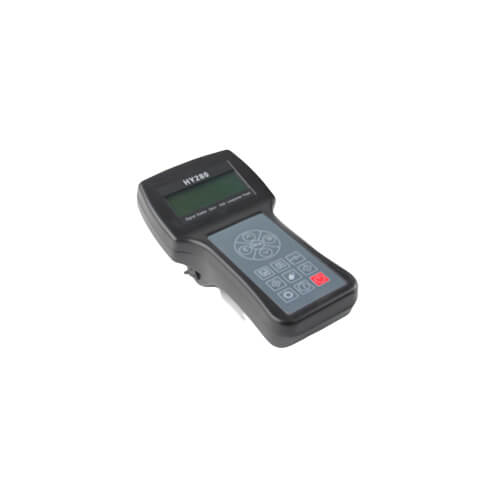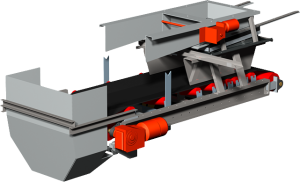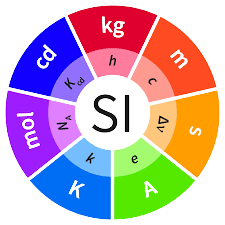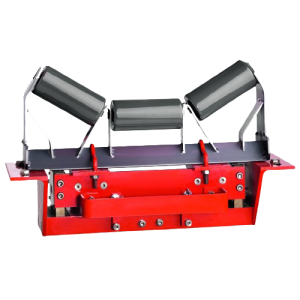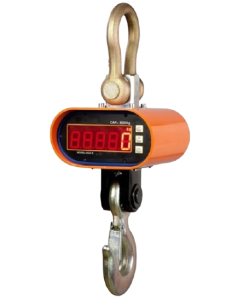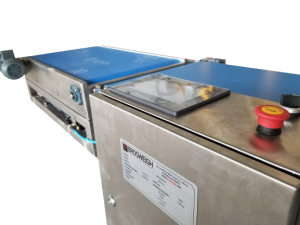What İs A Load cell ?

Sensors are generally electromechanical signal devices that allow us to measure physical parameters such as temperature, pressure, pressure, power, speed or to determine whether there is a signal. Loadcells are also defined as transducers or sensors used to convert a force into a measurable electrical signal.
The conversion to an electrical signal is indirect and takes place in two stages. With a mechanical arrangement, the force applied to the load cell changes the shape of the strain gauge. The strain gauge measures this change in shape as an electrical signal. This is because strain changes the effective electrical resistance of the wire.
A load cell usually consists of four strain gauges arranged in a wheatstone bridge. There are also load cells with one strain gauge or two strain gauges. The electrical signal output is usually on the order of a few millivolts and must be amplified by an amplifier before it can be used. The transducer output processes an algorithm to calculate the force applied to the transducer.
When a load cell is subjected to sudden load changes, it changes shape in the direction of the load. This causes the load cells to make a spring-like movement. In order to measure loads, the load cell must change shape and exhibit a spring-like behavior.
What Are Load Cell Types ?
- – Shear Beam Loacell
- – Single Point Loadcell
- – Bending Beam Loadcell
- – S Type Loadcell
- – Pin Type Loadcell
- – Compression Type Loadcell
- – Pancake Loadcell
- – Web Tension Loadcell
- – Overload Laodcell

Load Cell History

As part of measuring instruments, a scale is basically a lever. Its classical form is the equal-arm balance, consisting of a bar with two pans at each end and a fulcrum in the middle of the bar on which it can be balanced. It was invented by the Greeks and Romans.
Advances in scale technology took a major step forward when Leonardo Da Vinci used the positions of calibrated counterweights on a mechanical arm to balance and determine unknown weights.
In 1843, the British physicist Charles Wheatstone designed a bridge circuit that could measure electrical resistances. This system, called the Wheatstone bridge circuit, was used to measure resistance changes in strain gauges. Although the first connected resistance wire strain gauge was developed in the 1940s, it was not until the modern era that this technology became economical and feasible.
How Does Work a Load Cell
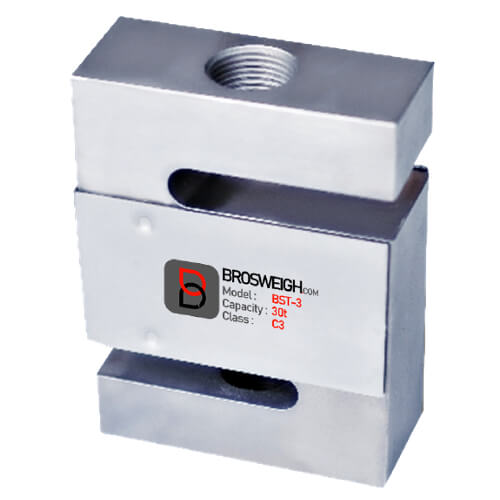
The load cell is a singular structure. The weighing process is usually a static measurement system. Another name is known as a force transducer. Force consists of mass multiplied by acceleration. Since they are used for weight measurement, they only work on a single axis. Loadcells are strain gage based transducers. Indicator or Tranmistter is used to convert the weight on an electronic display. The load cell is usually used as a spring element, usually steel and aluminum, and is specially designed to take the force from the right points. In order to get maximum performance from the load cell , the mounting kits specified by the manufacturers should be used. A loadcell that is not assembled correctly cannot be taken correctly and reliably.
What İs Strain Gage ?
The staing gage, which comes out as a strain gauge in Turkish, is also called a strain gage. It is used to measure small displacements that occur on the surface on which it is glued. The displacement effect is fed back as an impedance change on the strain gage. Although it has a wide range of applications, it is one of the basic components of a load cell.
You can get information and price information from authorized and expert sales engineers of Brosweigh Weighing Systems for our wide product range and all types of load cells.
You can check this link to review and order BrosWeigh LoadCell. You can click on this link for similar resources

